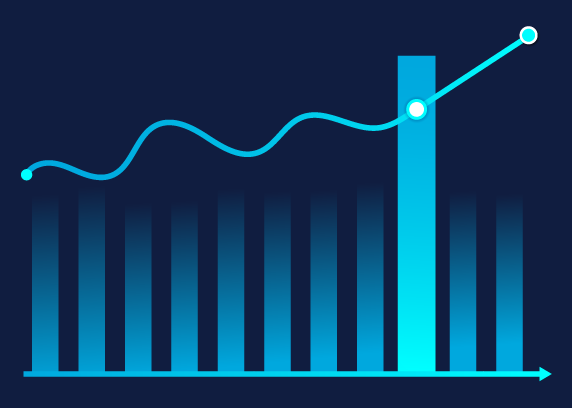Household spending is the amount of final consumption expenditure made by resident households to meet their everyday needs, such as food, clothing, housing (rent), energy, transport, durable goods (notably cars), health costs, leisure, and miscellaneous services. It is typically around 60% of gross domestic product (GDP) and is therefore an essential variable for economic analysis of demand. Household spending including government transfers (referred to as "actual individual consumption" in national accounts) is equal to households' consumption expenditure plus those expenditures of general government and non-profit institutions serving households (NPISHs) that directly benefit households, such as health care and education. "Housing, water, electricity, gas, and other fuels", one out of the twelve categories distinguished, consist of both actual rentals (for tenants) and imputed rentals (for owner-occupied housing), housing maintenance, as well as costs for water, electricity, gas. Total household spending is measured in million USD (in current prices and Private consumption PPPs), as a percentage of GDP, and in annual growth rates. Household spending including government transfers is measured as a percentage of GDP. Spending in housing is presented as a percentage of household disposable income. All OECD countries compile their data according to the 2008 System of National Accounts (SNA 2008).
Household spending
Household spending is the amount of final consumption expenditure made by resident households to meet their everyday needs, such as food, clothing, housing (rent), energy, transport, durable goods (notably cars), health costs, leisure, and miscellaneous services.
Indicator
Share
Facebook
Twitter
LinkedIn
Related data
-
DashboardEconomic growth always gets a lot of attention but when trying to determine how well people are doing it is also interesting to look at indicators that highlight households’ economic activity.
-
 Statistical release13 November 2024
Statistical release13 November 2024 -
DashboardThe OECD Short-Term Indicators Dashboard, covers G20 countries and selected regional aggregates. It allows users to follow key macro-economic developments using interactive charts and tables.
-
 Statistical release6 November 2024
Statistical release6 November 2024 -
ToolThe OECD has developed a new tool, the OECD Consumer Barometer that exploits and visualises consumer confidence data.